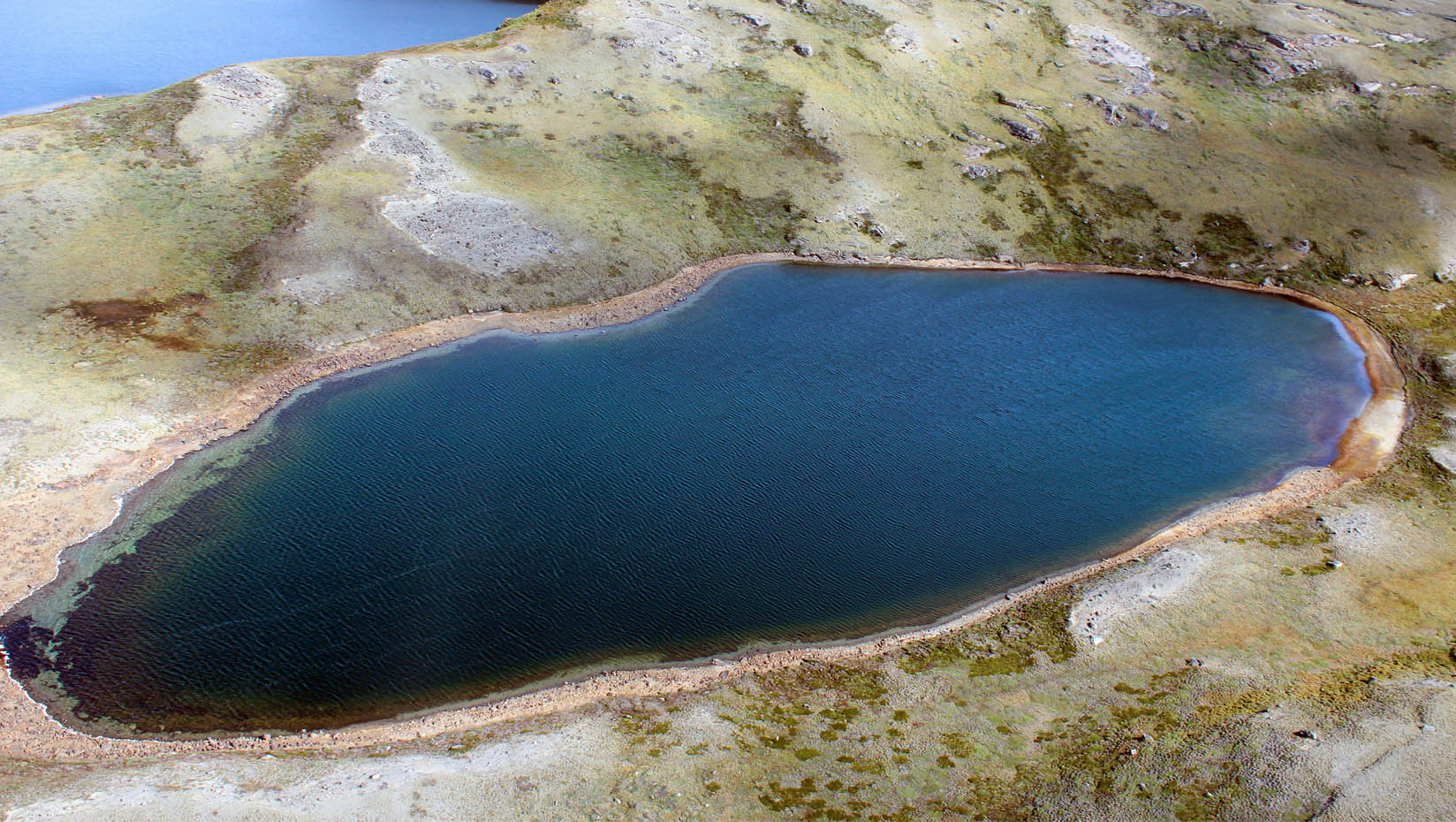
UMaine leads extensive review of Arctic freshwater response to climate change
Though freshwater systems are known to be important indicators for understanding climate change, little has been done to connect the existing science on freshwater bodies in the Arctic in order to determine patterns that will help better understand the region. A University of Maine-led review has tied together the existing research about Arctic freshwater systems’ “sentinel responses” — the physical, chemical and biological shifts caused by climate forcings — to help researchers and policymakers better incorporate these important systems into their work in the Arctic.
Sentinel responses of freshwater systems have become essential for the policy and management of ecosystems around the world. Many of the first detectable ecosystem responses to changing atmospheric deposition across a landscape are found in freshwater systems.
Jasmine Saros, professor of paleolimnology and lake ecology at the University of Maine Climate Change Institute and School of Biology and Ecology, led a team of 28 authors from six countries as part of the International Arctic Science Committee’s (IASC) pan-Arctic, land-based research program, Terrestrial Multidisciplinary distributed Observatories for the Study of Arctic Connections (T-MOSAiC). The team also included Vaclava Hazukova, a Ph.D. student in UMaine’s Ecology and Environmental Sciences Program, as well as the Systems Approaches to Understanding and Navigating the New Arctic (SAUNNA) National Research Traineeship (NRT) program.
The researchers reviewed the existing scientific literature about sentinel responses of Arctic freshwater systems. The sentinel responses the team looked at included the changes in lake level as a consequence of shifting water balance and hydrology; the extent and timing of ice off as a consequence of air temperature anomalies; deoxygenation in response to lake warming and stratification; changes in river discharge and timing of spring freshet; solute changes as a consequence of extreme precipitation events and changing flowpaths; changes in species diversity of algae as a consequence of climate-driven changes in physical habitat structure; the prevalence of invasive species and more.
The researchers used the literature review to clarify the linkages between these sentinel responses and climate forcings. For example, they showed that populations of Arctic char may be good indicators of climate warming due to their vulnerability; indirect and direct climate effects will considerably alter Arctic invertebrate community structure resulting in significant food web dynamics; and the mobilization and fate of organic carbon are important components of the permafrost carbon feedback and thus their release into and emission from freshwater ecosystems can be valuable sentinels of permafrost thaw.
“This review synthesizes the current understanding of climate-driven changes in Arctic freshwater systems, and helps to clarify the sensitivity and drivers of different responses,” Saros says.
The researchers also identified gaps in the existing scientific knowledge about the impact of climate change on freshwater Arctic ecosystems and provided suggestions for future research. For example, they noted that understanding of Arctic freshwater sentinel responses could be advanced by furthering the capabilities of sensors and implementing methods like eDNA, as well as engaging with local Indigenous communities in the Arctic to integrate their interests and co-produce knowledge.
“This review provides a roadmap for future work and will ideally facilitate greater coordination and cooperation in future Arctic work,” Saros says.
The review was published in the journal Arctic Science on Nov. 3, 2022.
Contact: Sam Schipani, samantha.schipani@maine.edu
